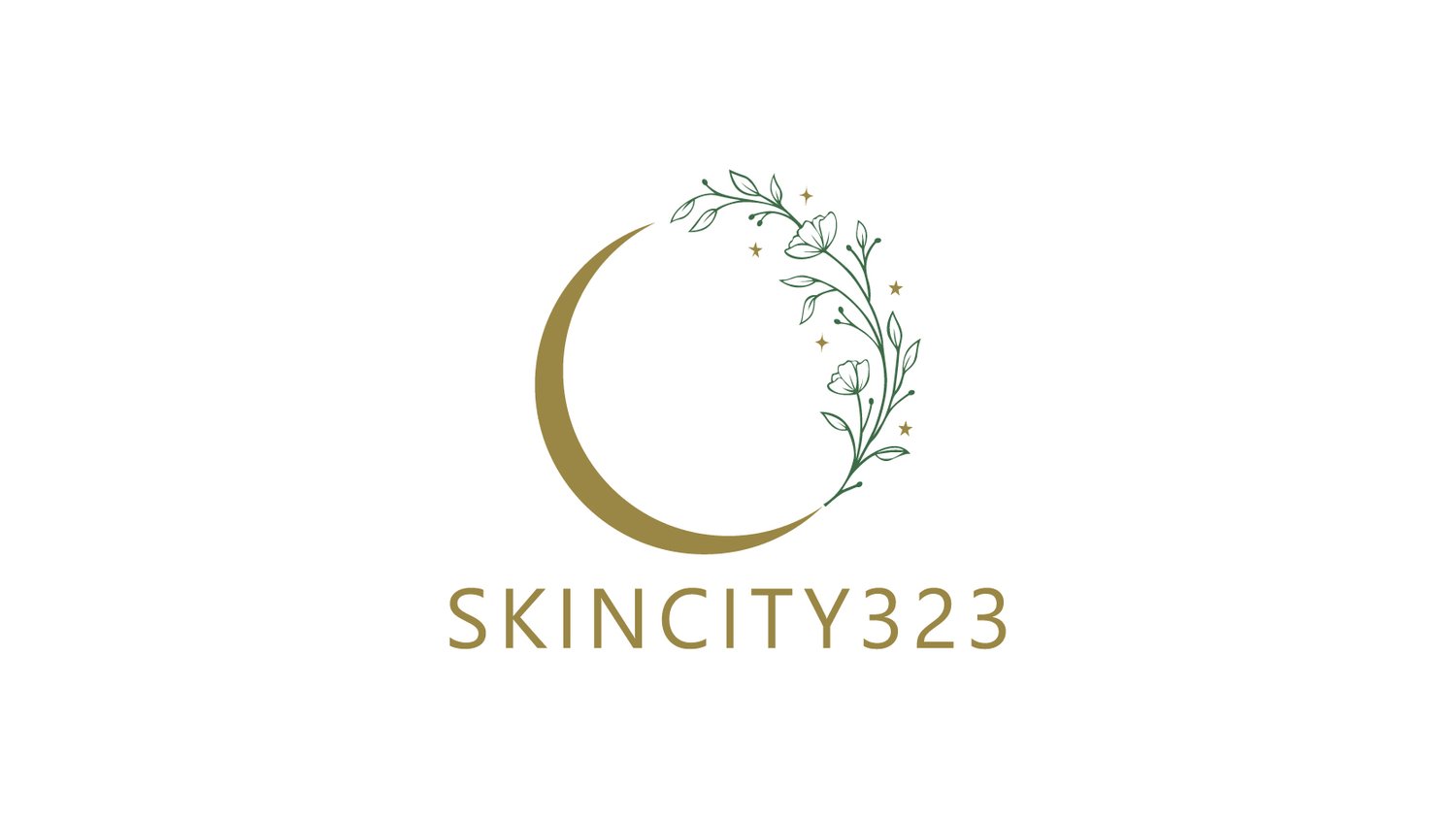Summer is fast approaching and we all love to spend time outdoors. Some sunshine is good for us; we all need our Vitamin D. But how much sun is too much? And how do we protect ourselves safely and effectively, while still getting that Vitamin D that most SF residents seem to be deficient in? Any of my regular clients can attest to my constant reminders and shaming to wear their SPF daily.
To select the best sunscreens, first we should understand the sun's radiation. There are two types of ultraviolet radiation we need to protect our skin from: UVA and UVB.
What’s the difference between UVA and UVB?
UVA is ultraviolet radiation, between 400-320nm wavelengths, and UVB is between 320-290nm wavelengths. The shorter the wavelength, the higher the energy of radiation. UVA rays account for 90 to 95% of UV radiation that reaches the earth. While UVB makes up only 5-10% of solar radiation, its high energy damages surface epidermal layers and causes sunburn. UVB, also known as the "burn rays," are strongest between 10am and 4pm, from April to October, and do not significantly penetrate glass. UVA is present equally throughout the daylight hours and throughout the seasons, and can penetrate clouds and glass.
Yes, I am speaking to YOU, all the people who say "I'm never in the sun, I sit in my office all day." Well, if your office has windows, here is your proof that those nasty UVA rays can still get at you while inside your office, the car, or on the bus on your commute to work. UVA penetrates deeper layers of skin and causes tanning. Sounds great, right? Not so much - UVA rays are also the primary cause of premature skin aging, including wrinkling, hyperpigmentation and broken capillaries. However, both types of UV rays can cause skin cancer because they damage skin cells and alter their DNA. UVB and UVA rays go hand in hand in accelerating the againg process, so it is no surprise that both wavelengths contribute to skin cancer.
But how can you prevent this? It's easy: wear an SPF product daily.
What are the different types of sunscreens?
There are different types of sunscreens ingredients that can go into an SPF: physical and chemical. Physical sunscreens are particles that reflect the sun's rays away from skin. The FDA approves two: Titanium Dioxide and Zinc Oxide.
Chemical sunscreens form a thin layer on top of the skin and absorb UV rays before they reach the skin. The downside of chemical sunscreens is that some of them form free radicals, and can contribute to skin aging as well as cause irritation, allergic reactions, and possible long term health effects. This is the case with most over-the-counter SPF products you can purchase in drug stores. The FDA approves 17 active ingredients for SPF products, 15 of which are chemical sunscreens. Some chemical sunscreens are powerful generators of free radicals, and are estrogenic, mutagenic and may even cause skin cancers. Of the 17 approved filters in the United States, eight are regularly used. Of those eight, only two have demonstrated strong protection against UVA rays: zinc oxide and avobenzone. The reality is that until more UV filters are approved, and better formulations are made here in the United States, we are limited in our choices. All SPFs are not created equal, which is why we only sell and promote SPFs with a high zinc oxide content of 7% or higher.
Our Favorite SPFs
- Lira Solar Shield - SPF 30 (21% zinc oxide) - sold in store only
- Lira Solar Shield - SPF 50 (8.6% zinc oxide) - sold in store only
- Advanced Protection SPF 30 (8% zinc oxide)
- Blue Lizard SPF 30 (7.5% zinc oxide)
Dermatologists recommend using a sunscreen with an SPF of at least 30, which blocks 97% of the sun's rays. SPFs higher than 30 block slightly more of the sun's rays, but do not be fooled by high SPF numbers. It is the ingredients that should always be the star of the show - not the SPF number. Always purchase a broad spectrum sunscreen; this is what will protect you from both UVA and UVB rays.
Additional Tips
Photo protective textiles/clothing. SPF clothing is still a fairly new concept but is a great option when practicing safe sun habits. Various companies offer hats and shirts that provide protection from the sun's harmful rays.
Reapply sunscreen. Sunscreens must be reapplied throughout the day to consistently protect for the entire time individuals are exposed to the sun, which means at least every 2 hours while you are outside.
Use an antioxidant. Adding the right form of Vitamin C to a skincare regimen will provide extra sun protection. Think of it as a sunscreen booster. When formulated correctly in a product, Vitamin C will penetrate the skin and increase sun protection, compared with using sunscreen alone. Not only that, but antioxidants also play a crucial role in preventing premature aging in the skin, and fighting free radicals.
Our favorite antioxidants
- Triple C&E Complex
- Antioxidant Defense Complex
- Lira Bio Hydra C Serum - sold in store only
Eye Protection. Melanoma occurs most frequently around the eyes due to users not applying sunscreen to this delicate area. Choosing to wear polarized sunglasses will provide the protection needed, as well as applying an SPF that is safe and ophthalmologist tested for use on the eyelids and surrounding areas. As an aside - don't forget to treat the lips as well.
And PLEASE, PLEASE, PLEASE steer clear of tanning beds - they are UVA and UVB on steroids! If you need that summer glow, come in for our vegan spray tan! It is the safest, non-chemical way to get that beach babe look while keeping your skin healthy. All that said, we can still have fun in the sun when we are doing the right things to protect ourselves!

